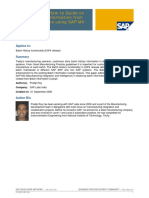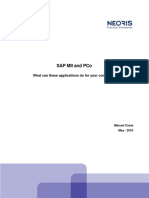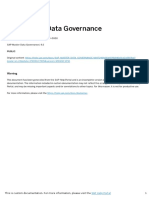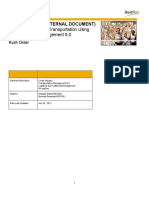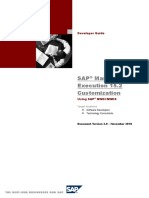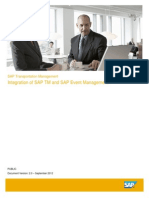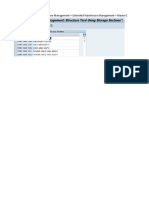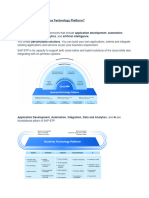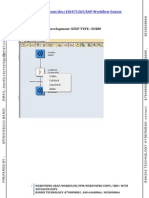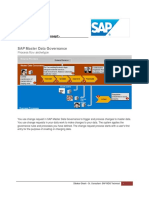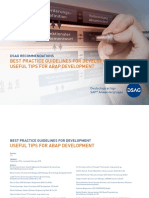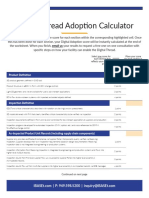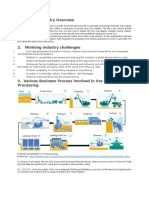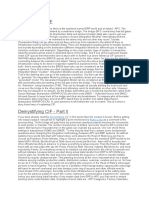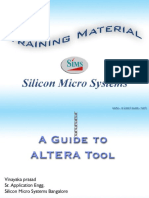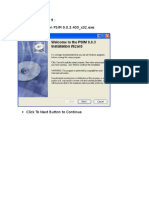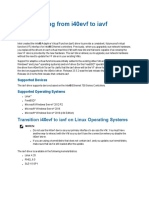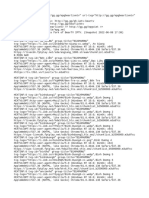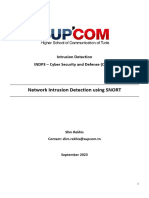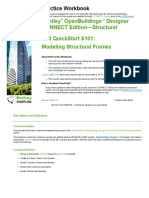100% found this document useful (1 vote)
930 views18 pagesSap Mii 15.2
SAP Manufacturing Integration and Intelligence (SAP MII) enables integrating plant and enterprise systems and displaying integrated data to employees. Key components include plant system connectors, business logic services, and integration scenarios to reduce the cost of synchronizing plant and enterprise processes. SAP MII is powered by SAP NetWeaver and provides administration menus to access components like system management, security services, and data services.
Uploaded by
suritataCopyright
© © All Rights Reserved
We take content rights seriously. If you suspect this is your content, claim it here.
Available Formats
Download as DOCX, PDF, TXT or read online on Scribd
100% found this document useful (1 vote)
930 views18 pagesSap Mii 15.2
SAP Manufacturing Integration and Intelligence (SAP MII) enables integrating plant and enterprise systems and displaying integrated data to employees. Key components include plant system connectors, business logic services, and integration scenarios to reduce the cost of synchronizing plant and enterprise processes. SAP MII is powered by SAP NetWeaver and provides administration menus to access components like system management, security services, and data services.
Uploaded by
suritataCopyright
© © All Rights Reserved
We take content rights seriously. If you suspect this is your content, claim it here.
Available Formats
Download as DOCX, PDF, TXT or read online on Scribd
/ 18


